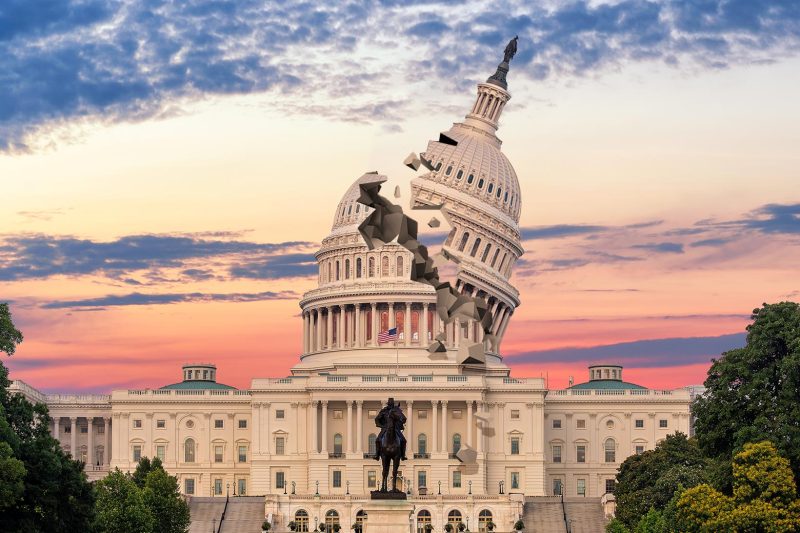
The United States Congress, often lauded as the cornerstone of American democracy, is currently facing a crisis of functionality. Gridlock, partisan bickering, and an inability to address pressing national issues have become the norm, leaving many citizens disillusioned and questioning the effectiveness of our legislative branch. One increasingly vocal solution proposed by frustrated reformers is the abolition of the Senate. Is this drastic measure the key to unlocking progress, or would it simply exacerbate existing problems?
The argument for abolishing the Senate often centers on the inherent inequalities embedded in its structure. The equal representation of each state, regardless of population size, grants disproportionate power to smaller states, effectively giving a minority of the population a veto over the will of the majority. This, critics argue, leads to legislative stagnation and prevents the passage of popular policies. It’s a system ripe for exploitation by special interests and allows for the obstruction of even the most sensible legislation.
However, dismissing the Senate entirely overlooks its intended purpose and historical context. The Senate was designed as a check on the power of the House of Representatives, meant to provide a more deliberative and less impulsive approach to lawmaking. Its proponents argue that this system of checks and balances, while imperfect, is crucial for preventing the tyranny of the majority and protecting the interests of smaller, less populous states. Eliminating this crucial element of the system could lead to a more volatile and potentially less representative government.
The question then becomes: how do we balance the need for effective governance with the need to protect the interests of all states? Perhaps the solution lies not in complete abolition, but in reform. Modifying the Senate’s structure to better reflect the population distribution, or implementing stricter rules to prevent filibusters and other forms of obstruction, could be more effective and less disruptive ways to address the current dysfunction. A complete overhaul of campaign finance laws could also help mitigate the influence of special interests and restore faith in the process.
Ultimately, the debate over the Senate’s future is complex and multifaceted. While the current system is demonstrably broken, abolishing the Senate is a drastic solution with potentially unforeseen consequences. Exploring alternative reforms and engaging in a thoughtful discussion about the balance between representation and effective governance is crucial before considering such a radical change to the foundation of our government.










